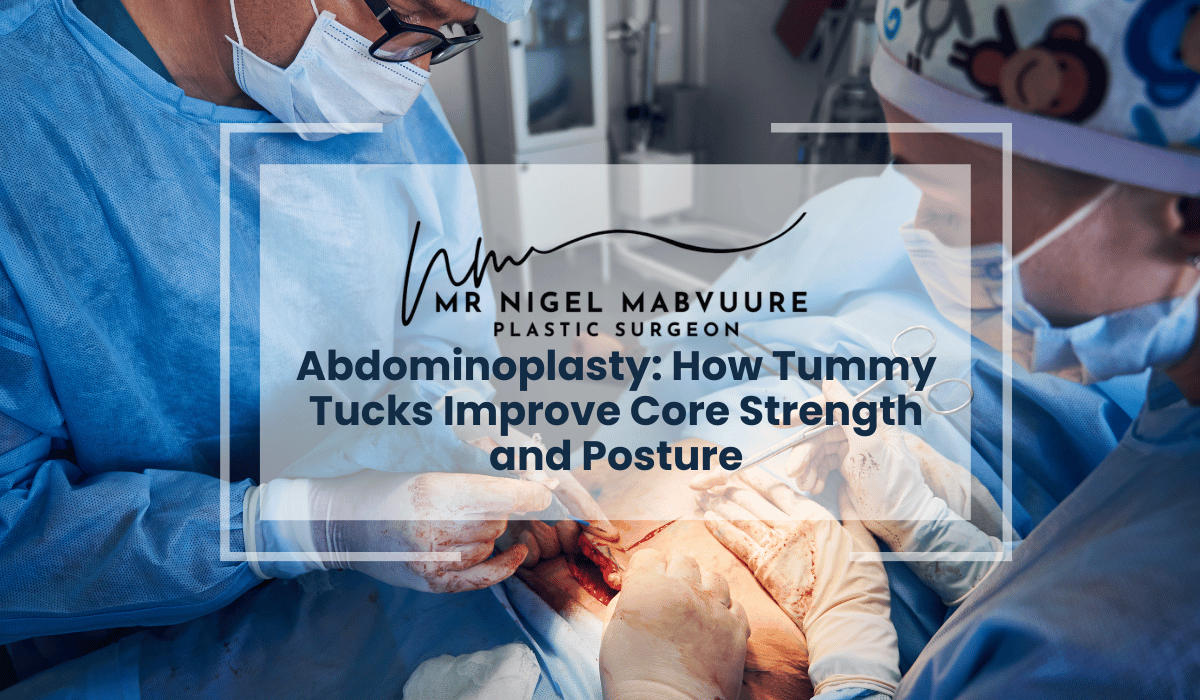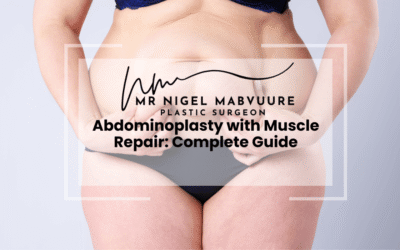Understanding Abdominoplasty’s Impact on Core Health
- Comprehensive Procedure: Abdominoplasty is more than cosmetic surgery, addressing muscle structure, posture, and core functionality.
- Muscle Reconstruction: Tummy tucks repair diastasis recti, restoring core muscle integrity and improving overall body mechanics.
- Posture and Strength Benefits: Patients often experience improved spinal alignment, reduced back pain, and enhanced core strength after surgery.
- Personalized Approach: Multiple tummy tuck variations exist to address individual anatomical needs and aesthetic goals.
- Recovery Journey: Full core development and strength restoration typically occurs over 6-8 weeks, with continued improvements in the following months.
Table of Contents
- Understanding Abdominoplasty: More Than Just Cosmetic Surgery
- How Tummy Tucks Reshape Your Core Structure
- The Connection Between Tummy Tucks and Posture
- Core Strength Benefits After Abdominoplasty
- Choosing Between Different Tummy Tuck Variations
- Essential Questions to Ask Your Tummy Tuck Surgeon
- Recovery Timeline and Core Development
Understanding Abdominoplasty: More Than Just Cosmetic Surgery
Abdominoplasty, commonly known as a tummy tuck, represents a sophisticated surgical procedure designed to flatten the stomach and restore core integrity. This transformative surgery extends beyond mere aesthetic enhancement, addressing both the superficial and structural elements of the abdominal wall. The procedure has evolved significantly since its inception, incorporating advanced techniques that focus on muscle repair, tissue redraping, and optimal scar placement.
Modern tummy tuck procedures target multiple layers of the abdominal wall, including the skin, fat, and muscular components. The rectus abdominis muscles, which form the foundation of core strength, often require particular attention, especially in cases where pregnancy or significant weight fluctuations have caused separation or weakness.
View this post on Instagram
How Tummy Tucks Reshape Your Core Structure
The transformative impact of abdominoplasty on core structure involves comprehensive reconstruction of the abdominal wall. During surgery, the surgeon addresses diastasis recti, a common condition where the abdominal muscles separate along the midline. This repair process involves carefully suturing the muscles back together, creating a more stable core foundation and improved functional strength.
The procedure fundamentally alters body mechanics by restoring the natural tension and positioning of the abdominal muscles. This reconstruction not only creates a flatter appearance but also enhances the synergistic relationship between core muscles, potentially improving overall functional capacity and daily movement patterns.
The Connection Between Tummy Tucks and Posture
Clinical studies have demonstrated significant improvements in posture following abdominoplasty procedures. The restored tension in the abdominal wall provides better support for the spine, often leading to enhanced postural alignment. This biomechanical improvement stems from the strengthened connection between the upper and lower body, facilitating more efficient movement patterns and reduced strain on the lower back.
Research indicates that patients often experience reduced back pain and improved balance following recovery from their tummy tuck procedure. The tightened abdominal muscles work more effectively with the back muscles, creating a more stable core cylinder that supports proper spinal positioning.
Core Strength Benefits After Abdominoplasty
Following abdominoplasty, patients typically experience significant improvements in core strength and functional capacity. The repaired abdominal wall provides a stronger foundation for exercise and daily activities. This enhanced structural integrity allows for more effective muscle activation during physical activities, leading to better overall core function.
As healing progresses, patients often find they can engage in more challenging core exercises with improved form and effectiveness. The restored muscular architecture supports better force transmission through the core, potentially enhancing athletic performance and reducing the risk of future injuries.
Choosing Between Different Tummy Tuck Variations
Modern abdominoplasty offers several variations to address specific patient needs. The full tummy tuck provides comprehensive correction of the entire abdominal wall, while a partial tummy tuck focuses on concerns below the umbilicus. Skin-only procedures may be appropriate for patients with good muscle tone but excess skin laxity.
Mini tummy tuck options offer a less invasive approach for patients with minimal lower abdominal concerns. Each variation requires careful consideration of individual anatomy, aesthetic goals, and functional needs to determine the most appropriate surgical approach.
Abdominoplasty
Essential Questions to Ask Your Tummy Tuck Surgeon
When consulting with a tummy tuck surgeon, patients should inquire about specific qualifications, including board certification and specialised training in body contouring procedures. Essential questions should address surgical technique preferences, recovery protocols, and expected outcomes based on individual circumstances.
Understanding the surgeon’s approach to potential complications and their experience with various tummy tuck variations ensures informed decision-making. Patients should also discuss post-operative care plans, pain management strategies, and long-term maintenance recommendations.
Recovery Timeline and Core Development
The recovery journey following abdominoplasty follows a predictable pattern, typically spanning several weeks to months. Initial healing focuses on wound recovery and inflammation reduction, gradually progressing to increased activity levels and core strengthening exercises.
Patients can expect to return to light activities within 2-3 weeks, with full exercise resumption typically occurring around 6-8 weeks post-surgery. Long-term results continue to develop over several months as the body adapts to its new structural configuration and core strength improves through targeted exercise programmes.
Frequently Asked Questions
- What exactly is a tummy tuck, and who is an ideal candidate?
- A tummy tuck (abdominoplasty) is a surgical procedure that removes excess skin and fat while repairing weakened abdominal muscles. Ideal candidates are individuals with loose abdominal skin, weakened core muscles due to pregnancy or significant weight loss, who are at a stable weight and in good overall health.
- How long does recovery from a tummy tuck typically take?
- Recovery is a gradual process, with initial healing taking 2-3 weeks. Patients can typically return to light activities during this time, with full exercise resumption around 6-8 weeks post-surgery. Complete recovery and final results can take several months as the body adapts to its new structural configuration.
- Can a tummy tuck improve core strength and posture?
- Yes, abdominoplasty can significantly improve core strength and posture. By repairing separated abdominal muscles (diastasis recti) and restoring muscular tension, the procedure provides better spinal support, reduces back pain, and enhances overall body mechanics and functional movement.
- What are the different types of tummy tuck procedures?
- There are several variations, including:
- Full tummy tuck: Comprehensive correction of the entire abdominal wall
- Partial tummy tuck: Focuses on concerns below the umbilicus
- Mini tummy tuck: Less invasive option for minimal lower abdominal concerns
- Skin-only procedures: For patients with good muscle tone but excess skin
- What risks should I be aware of with abdominoplasty?
- Potential risks include:
- Surgical complications such as infection
- Bleeding or fluid accumulation
- Scarring
- Changes in skin sensation
- Potential need for revision surgery
Consulting with a board-certified plastic surgeon can help mitigate these risks and ensure proper preparation and care.
- How long do tummy tuck results typically last?
- Results can be long-lasting with proper maintenance. Maintaining a stable weight, following a healthy diet, and engaging in regular exercise can help preserve the surgical outcomes. However, significant weight fluctuations or future pregnancies can impact the results.
- Is a tummy tuck covered by health insurance?
- Most tummy tucks are considered cosmetic procedures and are not covered by health insurance. However, in rare cases where the surgery is medically necessary (such as repairing hernias or addressing severe muscle separation), partial coverage might be possible. Patients should consult with their insurance provider for specific details.




